News & Events
Proof of Concept Grant for Thomas Carell
The European Research Council has awarded the LMU chemist a grant for the preclinical development of a new drug for treating leukemia in high-risk patients.
Professor Thomas Carell, Chair for Organic Chemistry and member of LMU’s Institute of Chemical Epigenetics – Munich (ICE-M), has been in receipt of a lucrative Advanced Grant from the European Research Council (ERC) since 2016. Now the chemist has been awarded a Proof of Concept Grant to build on this research. With this program, the ERC helps researchers translate their research results into practice.
Thomas Carell investigates why and how the body chemically modifies nucleic acids like DNA and RNA. One such modification is the nucleoside 5-methylcytidine, which is formed by addition of a methyl group to the canonical nucleoside cytidine by enzymes known as methyltransferases. Methylation is important for the regulation of gene activity, but can also be involved in the development of cancer. So-called hypomethylating agents specifically inhibit methyltransferases and are regularly used to treat diseases of the hematopoietic system such as AML (acute myeloid leukemia) and MDS (myelodysplastic syndrome) in older patients whose general state of health is poor. More information
Lecture Series
10. July 2024
Location: MPI of BIochemistry, T-Building, Small Lecture Hall

Symposium „New Frontier in Chemical Biology“
Joint symposium CNATM, SFB1309 and Center of Advanced Study (CAS) taking place at LMU Großhadern. We are welcoming our guests Prof. Ashraf Brik (Technion Haifa, IL), Prof. Tom Brown (Oxford, UK), Prof. Yael David (Memorial Sloan Kettering Cancer Center, New York, US), Prof. Katharina Höfer (MPI Marburg, DE) and Prof. Benjamin List (MPI Mülheim, DE, Nobel Laureate 2021).
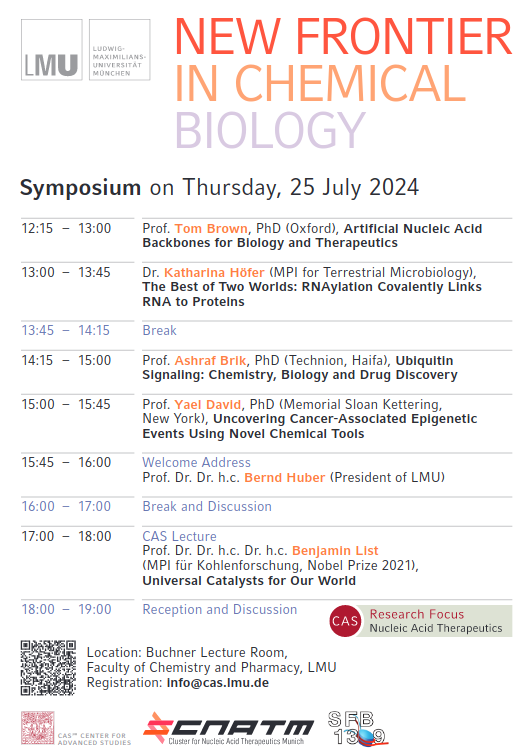
Lecture: Towards the Structure of the HIV-1 Gag: RNA Nucleation Complex
05. Juni 2024, 13:30 Uhr
Dr. Nele Hollmann (University of Maryland (UMBC), Department of Chemistry and Biochemistry) hält einen Vortrag zu „Towards the Structure of the HIV-1 Gag: RNA Nucleation Complex“.
Ort: Bavarian NMR Center, Seminar Room, Department of Bioscience, TUM School of Natural Sciences, Garching
Lecture: Splicing activator RNPS1: Functions in the PSAP-dependent and -independent manner
03. Juni 2024, 14:00 Uhr
Prof. Akila Mayeda, (Fujita Health University, Toyoake, Japan) hält einen Vortrag über „Splicing activator RNPS1: Functions in the PSAP-dependent and -independent manner“.
Ort: Bavarian NMR Center, Seminar Room, Department of Bioscience, TUM School of Natural Sciences, Garching
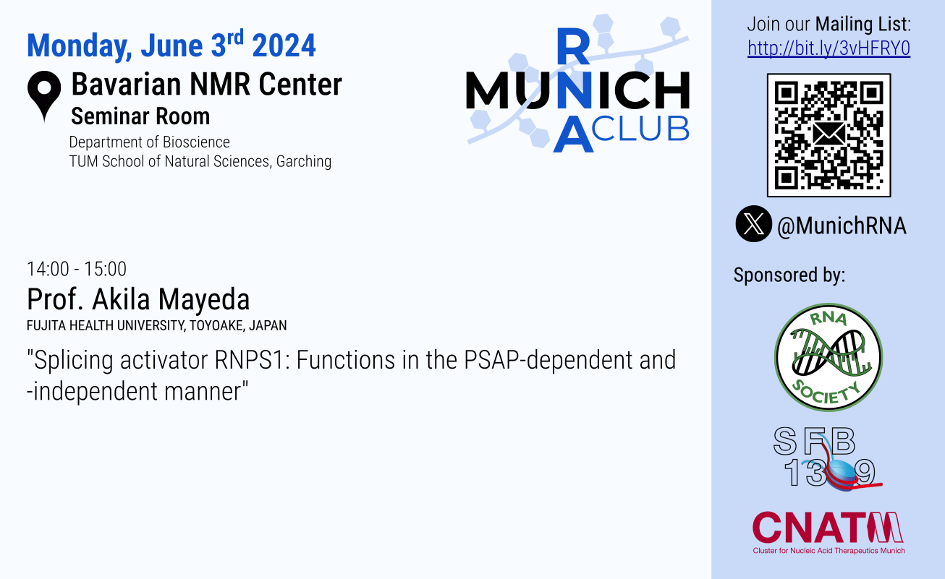
EpiCure wins Business plan competition by BayStartUP!
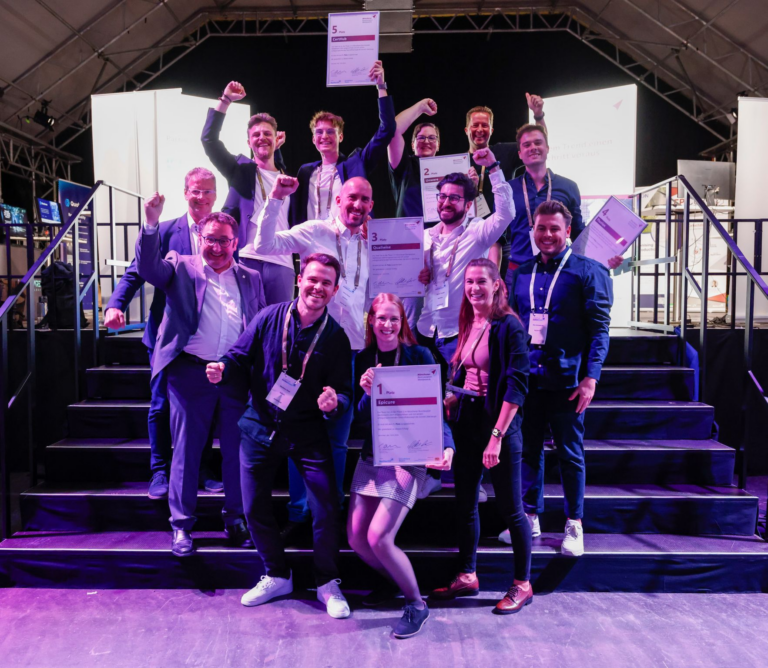
Eisbach Bio – Erster Vertreter eines allosterischen Inhibitors für ALC1 erhält IND Freigabe durch FDA
Eisbach Bio GmbH (“Eisbach” or the “Company”), a privately-held clinical-stage biotechnology company pioneering cancer medicines leveraging synthetic lethality, has announced United States Food and Drug Administration (FDA) clearance of its investigational new drug (IND) application for EIS-12656, a small molecule inhibiting the chromatin helicase ALC1 (CHD1L). EIS-12656 targets ALC1 through allosteric mechanisms, suppressing the cancer-relevant genome reorganization induced by DNA damage. This leads to ALC1 chromatin trapping and cancer cell killing. more…
CNATM Lecture: Patrick Baumhof
23. Januar 2024, 17:15 Uhr
Developing mRNA based Therapeutics
Over the past years mRNA based therapeutics moved into the focus of drug development. With mRNA based vaccines in the market now the field is looking towards broader application of the technology. As a pioneer in the field CureVac has discovered several main principles that are relevant in development. The presentation discusses different applications of mRNA in drug development.
Patrick Baumhof is Senior Vice President of Technology at CureVac (Tübingen)
Location: ICEM / House L, Seminarraum, Würmtalstr. 201, 81377 Munich
Für die Teilnahme ist eine Anmeldung per E-Mail erforderlich.
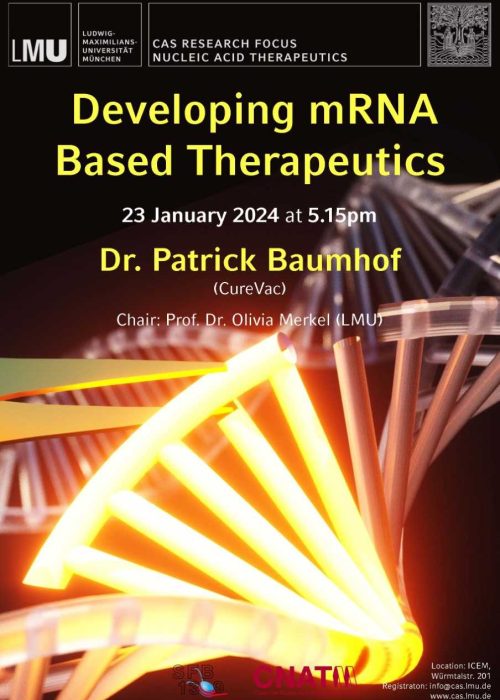
CNATM Meeting
18. January 2024
We would like to thank all the participants of our cluster meeting who helped to make the event a great success. The presentations on the progress of our projects were exciting and highlighted the commitment and innovative strength of our cluster members.
We look forward to the next meeting and to continuing our dialogue in the future.
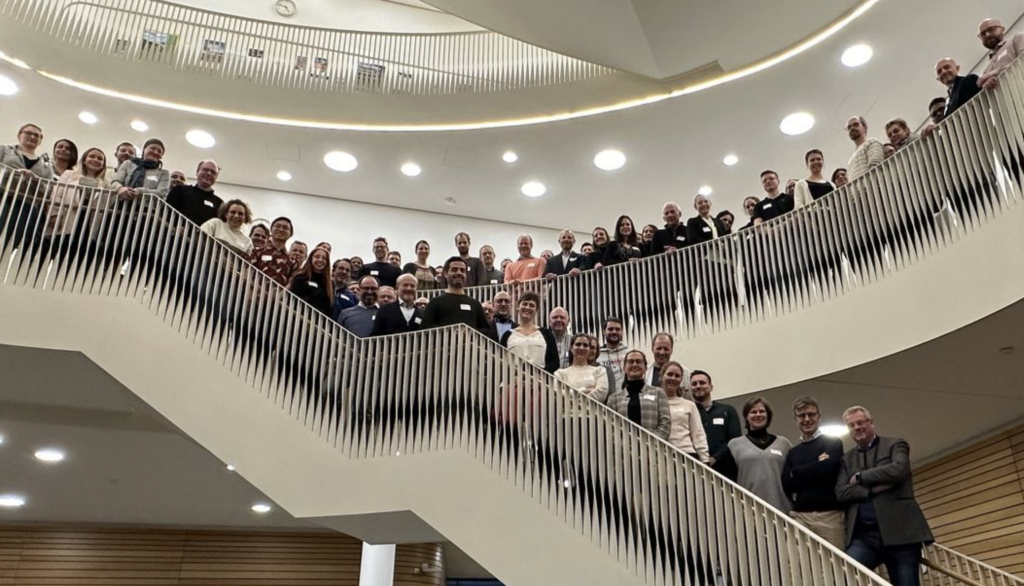
LMU spin-off RNhale founded!
07. December 2023
The formation of the biotech spinoff RNhale can be traced back to Professor Olivia Merkel’s groundbreaking research on non-viral delivery vectors for siRNA therapeutics, at Wayne State University in Michigan, USA, in 2011. After relocating to Germany and joining Ludwig-Maximilians-University Munich, her work was backed by a €2 million ERC Starting Grant (ERC-2014-StG – 637830 “Novel Asthma Therapy”). Her research then focused on developing siRNA-based drugs for asthma treatment, specifically designed for direct administration to the lungs. more…
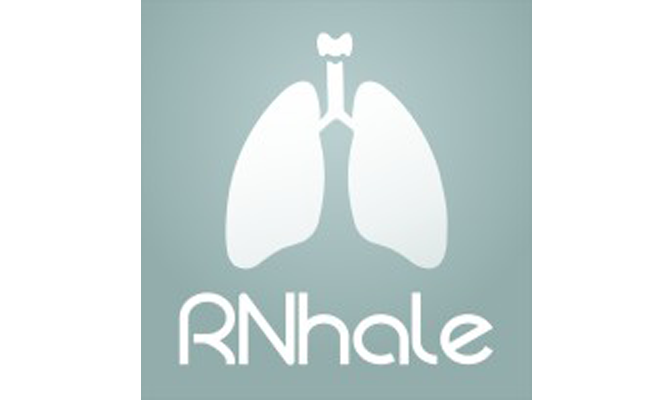
LMU spin-off QuGen GmbH founded!
18. September 2023
QuGen GmbH, founded by Thomas carell and Pascal Giehr, provides high-sensitive long read sequencing (PacBio), bisulfite-free sequencing of DNA methylation and mass spectrometry quantification of non-canonical nucleobases in DNA and RNA. This includes also sample preparation and data analysis. With this QuGen fulfills unmet needs in quantification and positional information of epigenetic nucleobases.

CNATM-Lecture: Roy van der Meel
30. November 2023, 17:15
Gene Silencing in HSPCs with an Apolipoprotein A1-Based Nanodelivery Platform
Nucleic acid therapeutics are revolutionizing healthcare via gene inhibition, addition, replacement or editing. Lipid nanoparticle (LNP) technology is the current gold standard platform that enabled the clinical translation of the first siRNA drug Onpattro and the COVID-19 mRNA vaccines. Nevertheless, current LNP systems are mostly suited for vaccine purposes following local administration or hepatic delivery following intravenous administration. To unleash RNA’s full therapeutic potential, Roy van der Meel introduces modular nanoplatform technology for systemic nucleic acid delivery to immune cells in hematopoietic organs using apolipoproteins.
Roy van der Meel is Professor of Precision Medicine in the Department of Biomedical Engineering at Eindhoven University of Technology. ist Professor für Präzisionsmedizin in der Abteilung für Biomedizinische Technik an der Technischen Universität Eindhoven.
Location: ICEM / House L, Seminarraum, Würmtalstr. 201, 81377 Munich
Für die Teilnahme ist eine Anmeldung erforderlich.
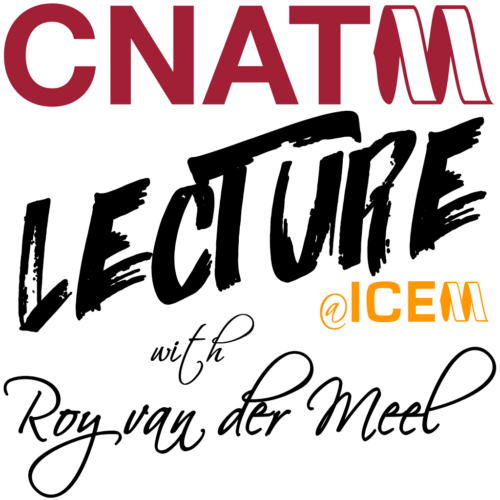
ERC Starting Grant für Dr. Daniel Andergassen
November 2023
Dr Daniel Andergassen received an ERC Starting Grant for his research on the molecular causes of gender-specific differences in heart failure.
m4 Award for Prof. Urlike Protzer and her Project TherVacB
25. Oktober. 2023
Prof. Ulrike Protzer and her project TherVacB was one of the 5 winners of the Bavarian m4 Award from BioM. TherVacB is a project for the development of a therapeutic vaccine against Hepatitis B virus.
ERC Starting Grant for Prof. Baer de Oliveira Mann
September 2023
Prof Baer de Oliveira Mann received an ERC Starting Grant for her NTase Pro project.
CNATM-Lecture: Muthiah Manoharan
19 July 2023
Living in the World of RNA Therapeutics
Synthetic small interfering RNAs (siRNAs) are potent inhibitors of gene expression. These molecules are perfect examples of biomimetic chemistry as synthetic siRNAs act through the natural RNA interference (RNAi) pathway. To deliver therapeutic siRNAs into human liver, Manoharan and his team developed approaches that include chemical modification of the siRNAs and either lipid nanoparticle (LNP) formulation or multivalent N-acetylgalactosamine (GalNAc) conjugation, making possible intravenous and subcutaneous administration, respectively. This presentation will cover the molecular basis of RNA therapeutics and their delivery including the chemical modifications and motifs used in each RNA strand to ensure uptake into cells of the targeted tissue, Ago2 recognition, silencing efficiency, metabolic stability, and safety.
Muthiah Manoharan ist Senior Vice President of Drug Discovery bei Alnylam Pharmaceuticals, Cambridge.
Location: ICEM/ House L, Seminar Room, Würmtalstr. 201, 81377 Munich, Germany
Registration is required for participation:
Link to registration
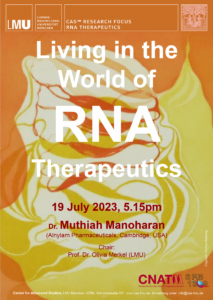
CNATM Kick-Off Meeting
26 June 2023
Nucleic Acid Isar valley begins work
12 May 2023
On May 1, the Cluster for Nucleic Acid Therapeutics Munich (CNATM) started its work.
CNATM is an innovation network of science and industry, which is funded with five million euros annually by the federal government, the Free State of Bavaria and participating companies. The research network consists of scientists from the leading universities LMU and TUM. The universities of Regensburg and Würzburg, the Helmholtz Center Munich and 17 companies from the region around Munich are also involved. A total of 22 applications were awarded funding, marking the start of the Nucleic Acid Isar Valley.
The multilateral collaborations of CNATM are creating a network from which novel nucleic acid-based drugs and next-generation vaccines will be developed. Recent discoveries give rise to the hope that the ability to design nucleic acids in a highly specific and theoretically predictable way will open up completely new therapeutic approaches in medicine and thus help many people. There is no substance class that is better suited to personalized medicine than nucleic acids. The Future Cluster wants to help nucleic acid therapies achieve a breakthrough and thus make a contribution that makes sense: curing people and creating jobs in and around Munich.
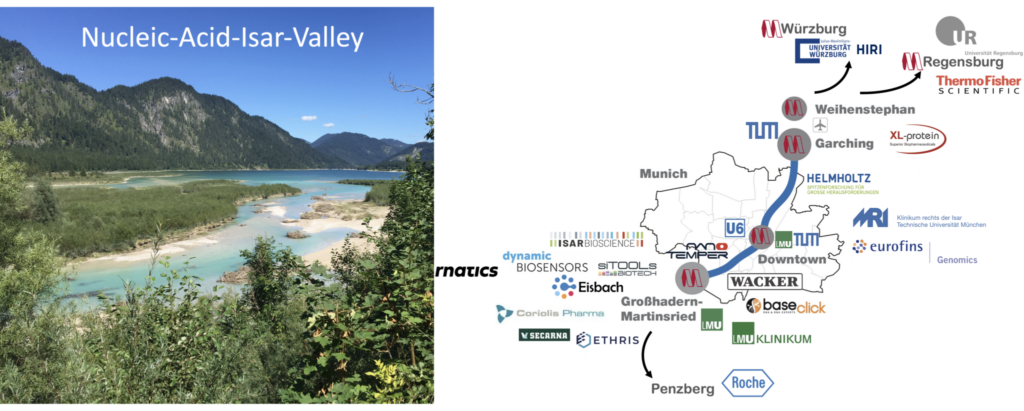
CNATM one of only 7 future clusters in Germany
18 July 2022
We are very pleased, to be one of only 7 clusters4future in Germany and in Bavaria the only one of the second round of the competition.

Our thanks go to all members and partner companies who made this possible.
